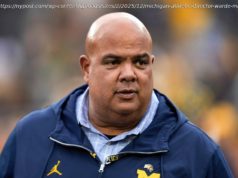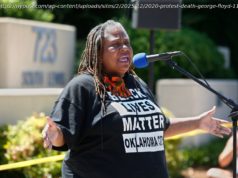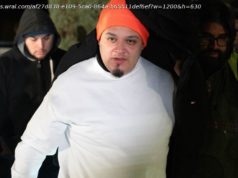A Virgin Galactic rocket plane reached space on Thursday and returned safely to the California desert, capping years of testing to become the first U. S. commercial human flight to breach Earth’s atmosphere since America’s shuttle program ended in 2011.
MOJAVE, Calif. (Reuters) — A Virgin Galactic rocket plane reached space on Thursday and returned safely to the California desert, capping years of testing to become the first U. S. commercial human flight to breach Earth’s atmosphere since America’s shuttle program ended in 2011.
The successful test flight presages a new era of civilian space travel that could kick off as soon as next year, with Richard Branson’s Virgin Galactic battling billionaire-backed ventures such as Amazon.com Inc founder Jeff Bezos’ Blue Origin, to be the first to offer suborbital flights to fare-paying tourists.
Branson, who said he personally put up $1 billion toward the roughly $1.3 billion development costs for Virgin’s space businesses, told Reuters he viewed competition with Bezos and others as a race, though passenger safety was the top priority.
“Today we get to enjoy the fact that we have put people into space before anybody else,” Branson said.
Virgin’s twin-fuselage carrier airplane holding the SpaceShipTwo passenger spacecraft took off at 7:11 a.m. local time (1511 GMT) from the Mojave Air and Space Port, about 90 miles (145 km) north of Los Angeles.
British billionaire Branson, wearing jeans and a leather bomber jacket with a fur collar, attended the take-off along with hundreds of spectators on a crisp morning in the California desert.
After the rocket plane, also called the VSS Unity, reached an apogee of 51.4 miles (83 km) above Earth, a crying Branson hugged his son and high-fived and hugged other spectators. The plane reentered the atmosphere at 2.5 times the speed of sound and landed a few minutes later to cheers and applause, concluding roughly an hour’s journey.






